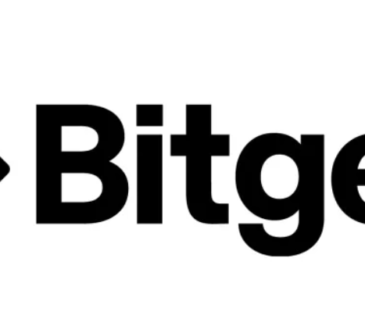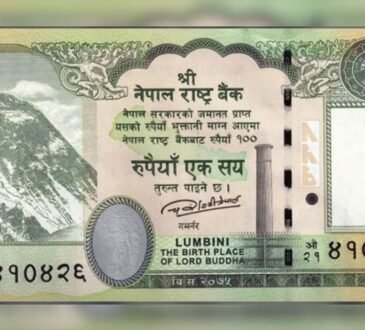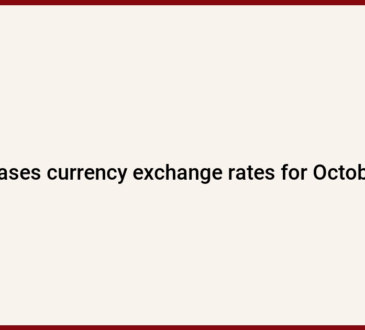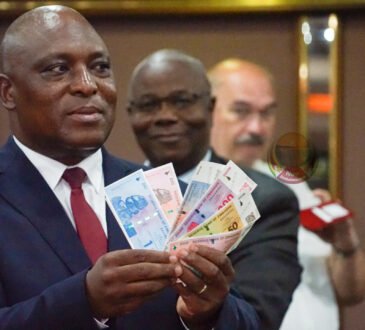Japan’s top currency diplomat Masato Kanda warned Wednesday of market intervention to rectify excessive yen moves, led by speculators, saying that he does not see any limits to the country’s potential forays amid market chatter of official yen-buying in recent days.
Kanda, the vice finance minister for international affairs, told Kyodo News in an interview that various factors can move foreign exchange rates but speculation is “the biggest.”
Japanese officials, including Kanda, have not confirmed whether the government and the Bank of Japan have stepped into the market, though market sources estimate the size of possible yen-buying operations last Thursday and Friday to be over 5 trillion yen ($32 billion).

Masato Kanda, Japan’s vice finance minister for international affairs, gives an interview at the ministry in Tokyo on July 17, 2024. (Kyodo) ==Kyodo
By remaining reticent on whether they intervened or not, Japanese authorities apparently want to leave markets on edge. The suspected yen-buying operations pushed down the dollar from a 37-year high near 162 yen to the lower 157 yen zone.
“I have no choice but to take appropriate action against excessive fluctuations driven by speculation,” Kanda said.
Japan is in “extremely close communication” with its counterparts, Kanda said, noting that the country has not faced criticism over its actions because they are “in line with international agreements.”
Official data on market intervention will not be released until the end of July.
The last time Japan stepped into the market, it spent 9.79 trillion yen between April and May to slow the yen’s fall against the dollar. Kanda said the operations had proved “effective” in curbing excess volatility.
Some market players say Japanese authorities cannot continue stepping into the market due to its limited foreign exchange reserves for interventions. The country had $1.23 trillion in reserves at the end of June.
But Kanda has dismissed the view, saying, “There is no denying that the foreign exchange reserves serve as the basic funding source. But it is not necessarily the only source.”
The yen’s declines have cast a shadow over the economy, which relies heavily on imports. A weak yen inflates the import costs of energy, raw materials and food among other things.
“When import prices rise (due to the weaker yen), businesses and households will have to shoulder increased burdens. They may be able to cope as long as the rises are slow. But they cannot cope with rapid changes (in import prices),” Kanda said.
The yen’s falling trend stems from the wide interest rate gap between Japan and the United States.
The BOJ remains a laggard among its global peers, even after going ahead with its first interest rate hike in 17 years in March, as its policy rate is still near zero, sharply lower than the 5.25-5.50 percent range set by the U.S Federal Reserve for its federal funds rate.
The dollar extended its losses on Wednesday, falling to a one-month low in the 156 yen range after Japan’s Digital Minister Taro Kono reportedly urged the BOJ to raise interest rates to lift the yen.
Kono, a ruling party lawmaker who is seen by many as one of the future candidates to become prime minister, made the remark in an interview with Bloomberg.
Related coverage:
Japan likely spent 2 tril. yen on July 12 on currency market intervention
Dollar sharply falls to 157 yen range after U.S. CPI data release
Nikkei, Topix end at record highs on earnings optimism





